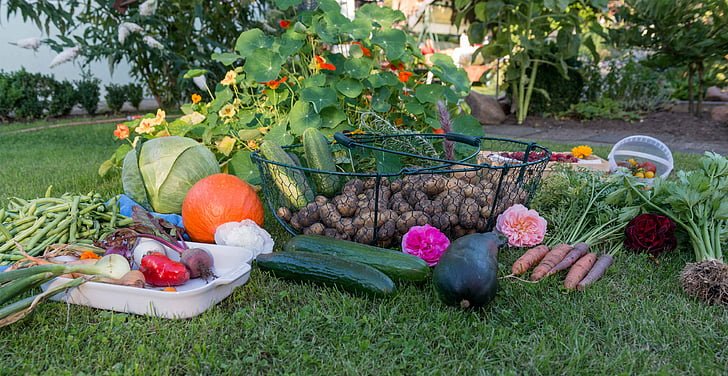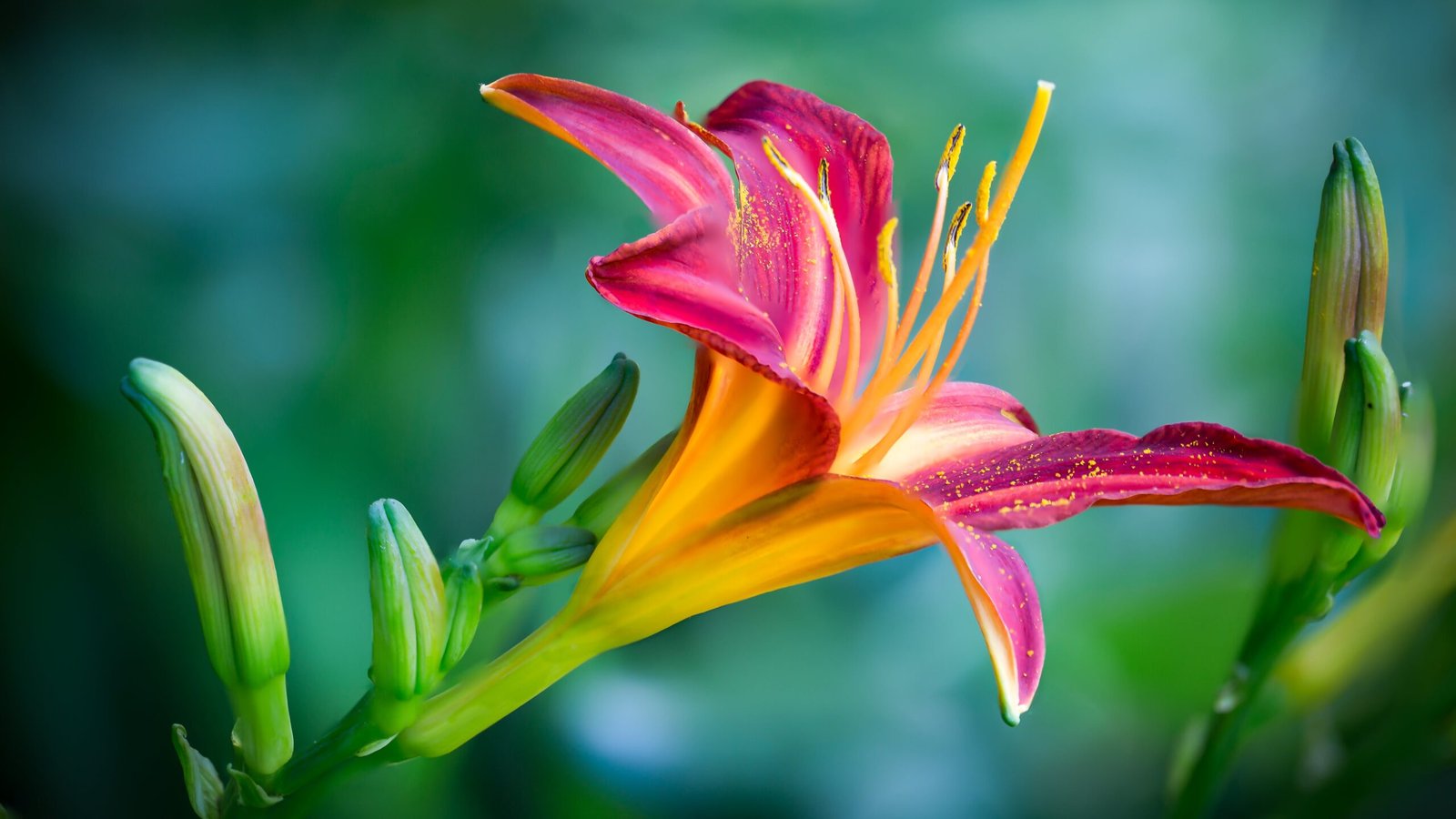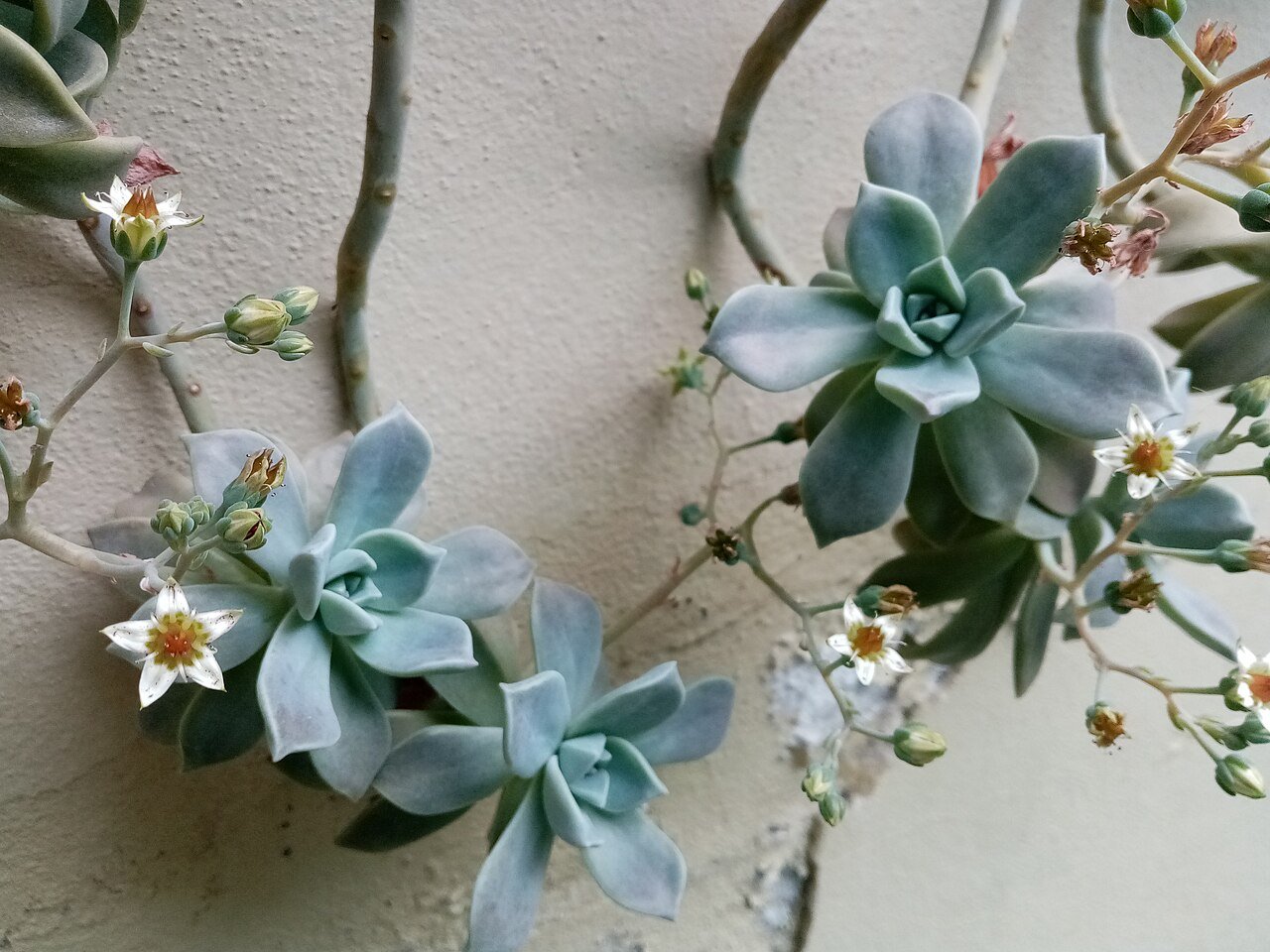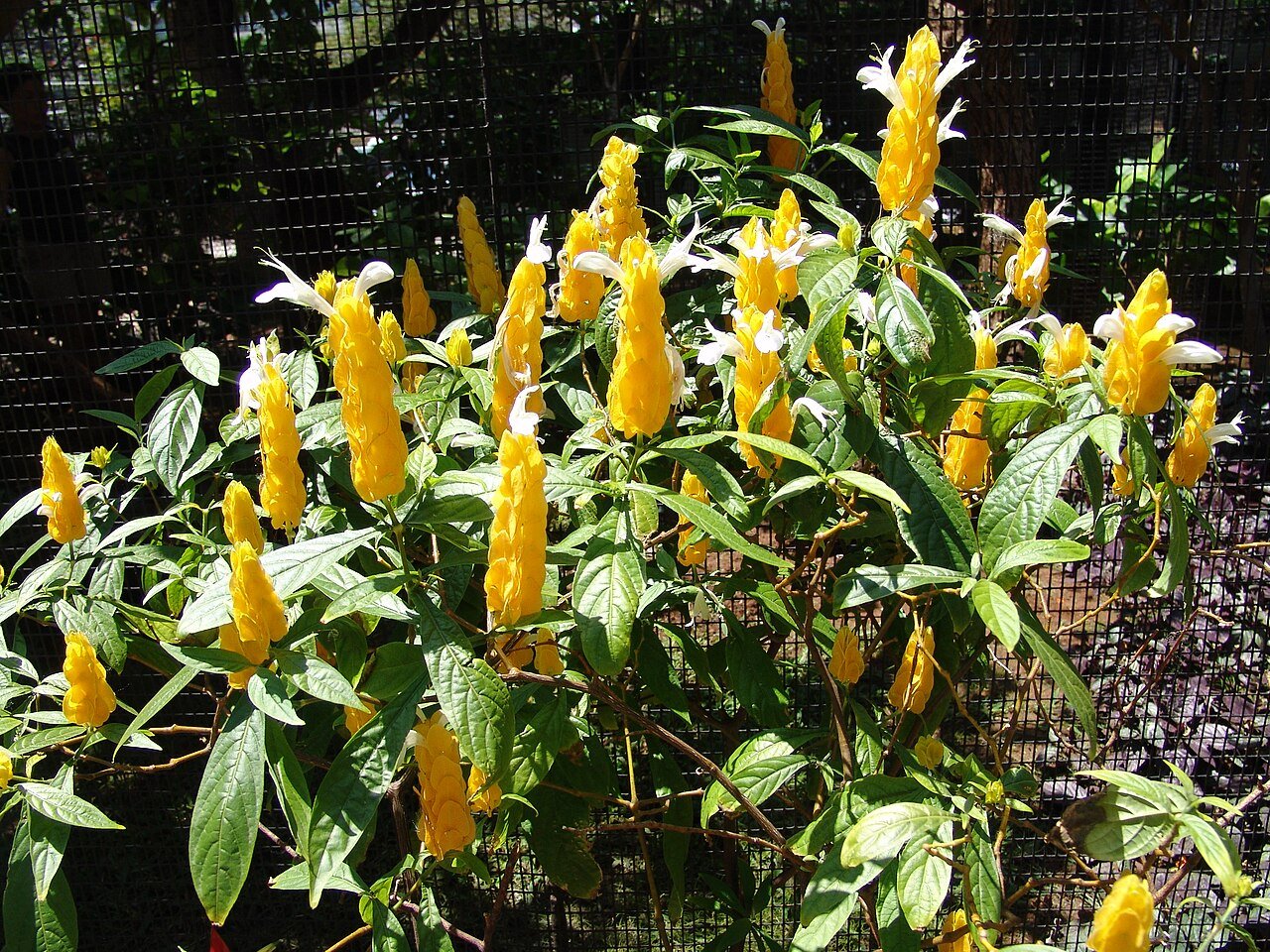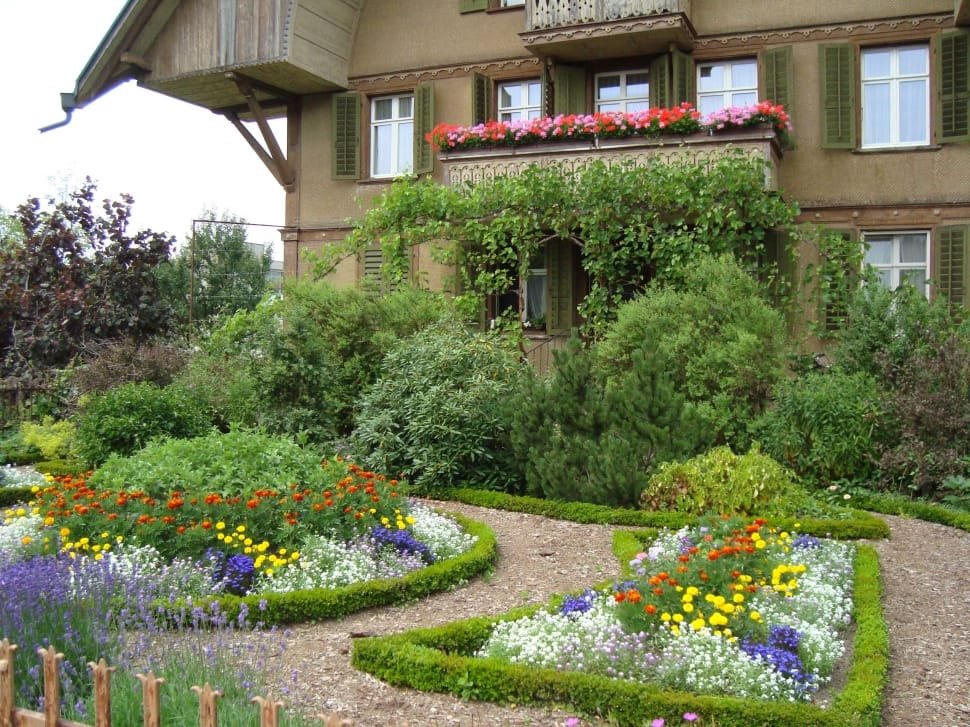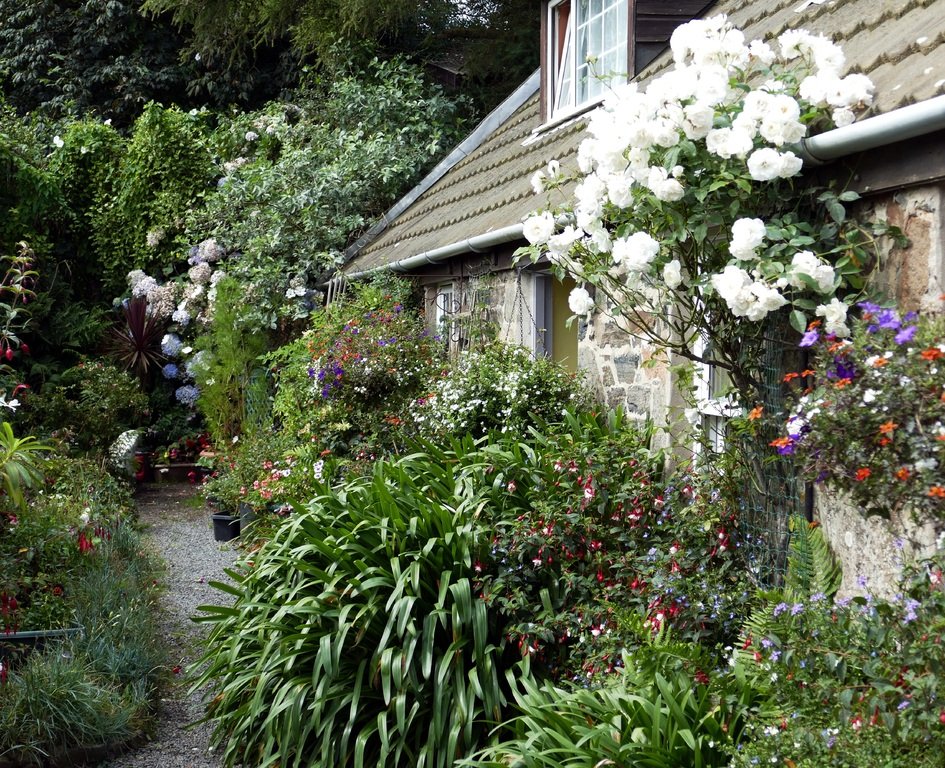In the dynamic world of home gardening and urban gardening, Ghost Plants emerge as ethereal gems that captivate the hearts of plant enthusiasts. Their unique charm, combined with their hardiness, makes them not only fascinating additions to your garden but also a canvas for succulent artistry.
As we delve into this horticultural journey, we’ll shift the spotlight onto Ghost Plants, offering valuable care insights that will empower you to cultivate and showcase these enchanting succulents. Whether you’re a seasoned gardener or someone embarking on their first urban gardening adventure, this blog is your gateway to unlocking the mysteries of Ghost Plants and their role in elevating your home gardening and urban gardening endeavors.
Join us as we zoom in on Ghost Plants, exploring care practices, diving into the variety of species available, and discovering the artistic potential they bring to succulent gardens. Together, we’ll celebrate the artistry of succulent gardening, transforming your urban oasis into a canvas of otherworldly beauty. Let’s embark on this journey and bring Ghost Plants into the spotlight where they rightfully belong.
Table of Contents
Which plant is known as ghost plant?
The plant known as “ghost plant” is indeed Graptopetalum paraguayense. This succulent is often recognized for its striking pale gray or whitish leaves, which give it a ghostly appearance, hence the common name “ghost plant.” It is a popular choice among succulent enthusiasts and can be used in various landscaping and gardening applications, as you mentioned. Ghost plants are known for their resilience and adaptability, making them a sought-after addition to gardens, containers, or as indoor houseplants.
Why is it called ghost plant?
The name “ghost plant” is derived from the distinctive appearance of the plant’s leaves. The pale gray or whitish leaves of Graptopetalum paraguayense are covered in a powdery substance known as pruinose. This powdery coating creates a ghostly or ethereal appearance, which led to the common name “ghost plant.” The powdery coating on the leaves is not only visually striking but also serves to protect the plant from excessive sun and moisture loss. Ghost plants have historical significance in Mexico, where they were not only appreciated for their ornamental value but also used for their medicinal properties.
What is special about ghost plant?
What makes the ghost plant (Graptopetalum paraguayense) particularly special and intriguing is its adaptation to survive without chlorophyll, a pigment essential for photosynthesis in most green plants. This adaptation has several unique characteristics:
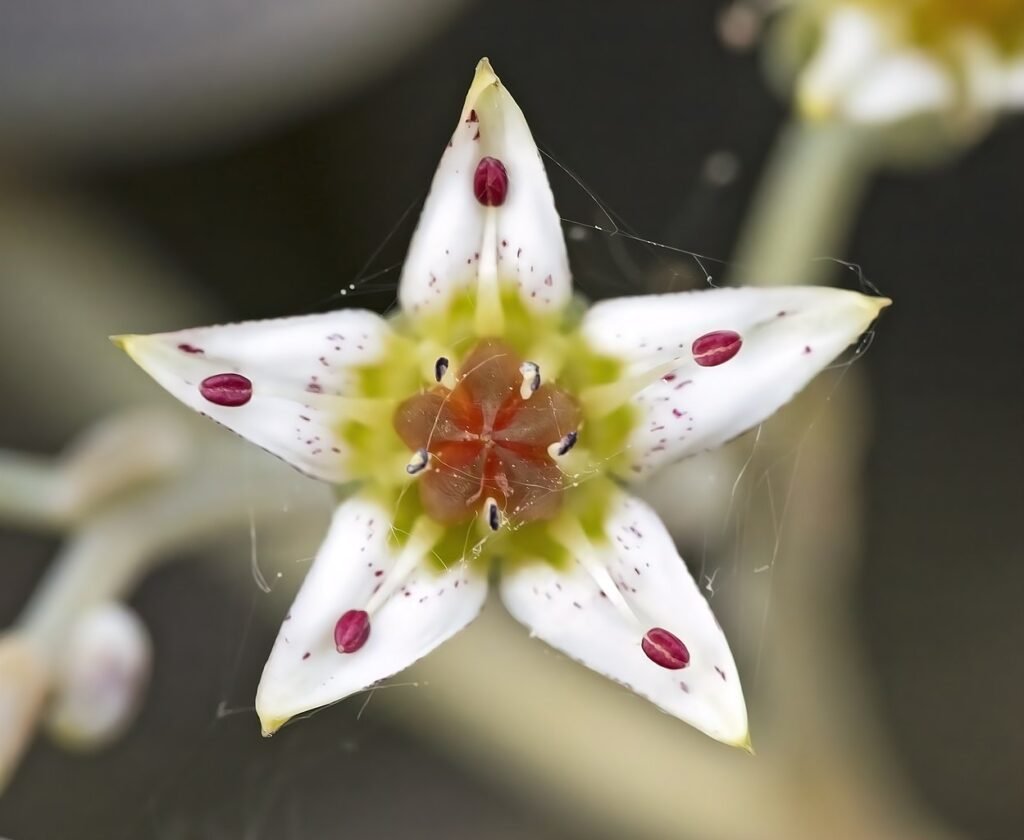
Coloration
The ghost plant’s pale gray or whitish color is a result of its lack of chlorophyll. Without chlorophyll, it cannot carry out photosynthesis, which is the process plants use to convert sunlight into energy. Instead, it relies on alternative mechanisms for survival.
Water Storage
To compensate for its inability to photosynthesize, the ghost plant has evolved specialized adaptations for water storage. Its fleshy leaves and stems serve as reservoirs for storing water, allowing it to withstand extended periods of drought and arid conditions.
Metabolism
Ghost plants are capable of absorbing nutrients and water through their specialized tissues, even in the absence of chlorophyll. They rely on a different metabolic strategy compared to green plants. This unique metabolism helps them thrive in their natural habitats, which often include rocky or arid environments.
Ornamental Value
The ghost plant’s distinctive appearance, with its ghostly leaves and trailing growth habit, makes it a popular choice for succulent enthusiasts and gardeners. It is often used in xeriscaping, container gardening, or as a striking houseplant due to its adaptability and aesthetic appeal.
Where is ghost plant found?
Graptopetalum paraguayense, commonly known as the “Ghost Plant” or “Mother of Pearl Plant,” is native to Mexico. In its natural habitat, it can be found in various regions within Mexico, particularly in the states of Puebla and Oaxaca. It often grows on rocky outcrops, cliffs, and arid to semi-arid landscapes.
Outside of its native range, Ghost Plants are widely cultivated and can be found in gardens, succulent collections, and as houseplants in various parts of the world. They have become a popular ornamental plant due to its unique appearance and ease of care.
Ghost Plant Care: Tips for Thriving Succulents
Caring for ghost plants (Graptopetalum paraguayense) is a straightforward and rewarding endeavor, suitable for both novice and seasoned gardeners. These resilient succulents, also known as “Mother of Pearl” plants, display stunning pale gray to whitish-green leaves that add an elegant touch to any garden or indoor space. To ensure your ghost plants flourish, follow these essential care guidelines:
Light Requirements
Ghost plants thrive in bright, indirect sunlight. Place them near a window where they can receive plenty of filtered sunlight or in a partially shaded area outdoors. Adequate light is crucial for their optimal growth and vibrant leaf colors.
Soil and Watering
Use a well-draining succulent potting mix specifically formulated for succulents and cacti. This type of soil allows excess moisture to escape, preventing root rot—a common issue for succulents. Wait until the top inch or two of soil has completely dried out before watering your ghost plant. Water thoroughly, ensuring that excess water drains from the pot. During the dormant winter months, reduce watering frequency.
Temperature and Humidity
Ghost plants prefer moderate temperatures ranging from 60°F to 80°F (15°C to 27°C). They are adaptable and can withstand temperature fluctuations, but it’s best to protect them from frost and freezing conditions. These succulents can thrive in low humidity environments, making them suitable for various climates, including arid regions.
Fertilization
Boost your ghost plant’s growth and vitality by feeding it with a balanced succulent fertilizer during the growing season, typically in spring and summer. Follow the manufacturer’s instructions for the correct dosage and frequency, as over-fertilizing can harm your plant.
Propagation
Expanding your collection of ghost plants is a breeze through propagation. You can propagate ghost plants through leaf cuttings or offsets. Carefully remove a healthy leaf or offset from the parent plant and allow it to callus for a few days. Once calloused, plant it in well-draining soil, and with time, it will develop roots and grow into a new ghost plant.
By following these care tips, you’ll be well on your way to nurturing thriving ghost plants that bring elegance and natural beauty to your garden, home, or succulent collection. Whether you’re a beginner or an experienced gardener, the ghost plant’s resilience and captivating appearance make it a delightful addition to any green space.
Exploring the Fascinating World of Ghost Plant Varieties
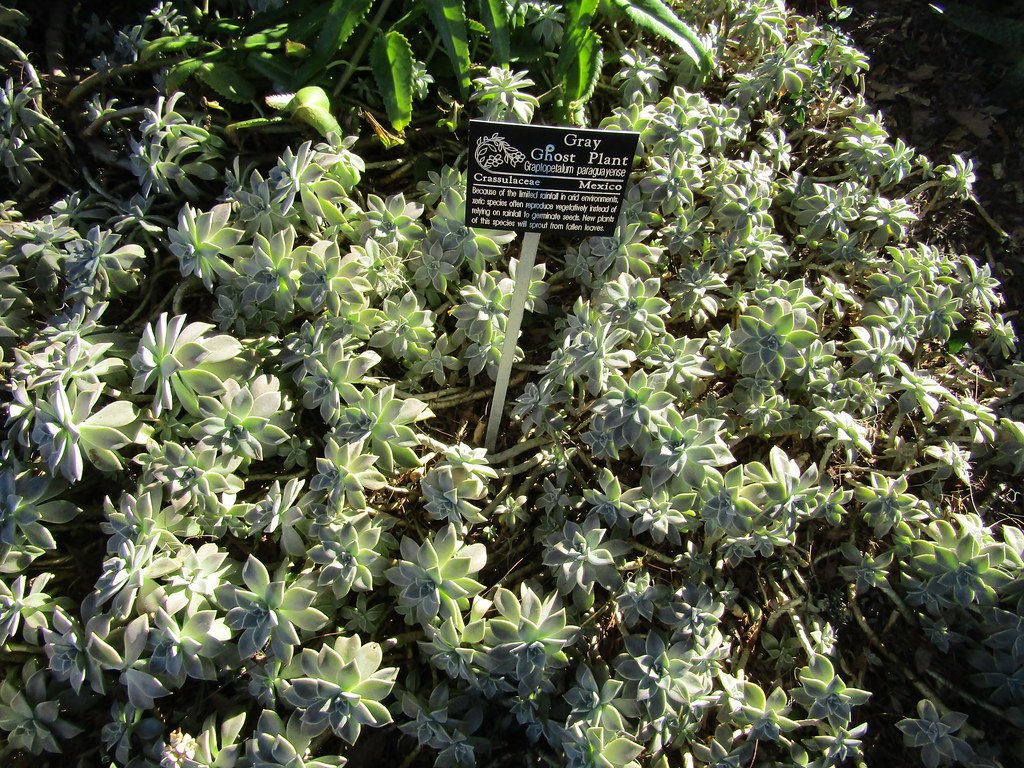
Ghost plants (Graptopetalum paraguayense) are renowned for their captivating appearance and ease of care. These succulents offer a wide array of varieties, each with its own unique characteristics and charm. Here are some popular ghost plant varieties to discover and add to your succulent collection:
Graptopetalum paraguayense “Ghost Plant”
The classic ghost plant variety, it is characterized by its elegant pale grayish-white leaves that give it a hauntingly beautiful appearance. The leaves have a distinct powdery coating, adding to its ghostly allure.
Graptopetalum paraguayense “Mother of Pearl”
This variety exhibits leaves with an enchanting iridescent shimmer, reminiscent of the lustrous inner lining of a seashell. The subtle play of colors on its leaves adds a touch of elegance to your succulent garden.
Graptopetalum paraguayense “Superbum” (Super Ghost Plant)
The “Super Ghost Plant” stands out with thicker leaves and a more compact growth habit compared to the standard ghost plant. Its rosettes are tightly packed, creating a visually appealing arrangement.
Graptopetalum paraguayense “Fred Ives”
For those seeking a burst of color in their succulent collection, the “Fred Ives” variety is a delightful choice. It showcases vibrant pinkish-purple leaves that create a striking contrast with other succulents. This variety adds a pop of color and uniqueness to your garden or arrangements.
These ghost plant varieties not only offer diversity in appearance but also share the same easy-care requirements that make ghost plants beloved by succulent enthusiasts. Whether you prefer the classic pale-gray leaves, the shimmering “Mother of Pearl,” the compact “Superbum,” or the colorful “Fred Ives,” there’s a ghost plant variety to suit your aesthetic preferences and gardening style.”
Ghost Plant Succulent Flowers: Adding Beauty to the Ethereal
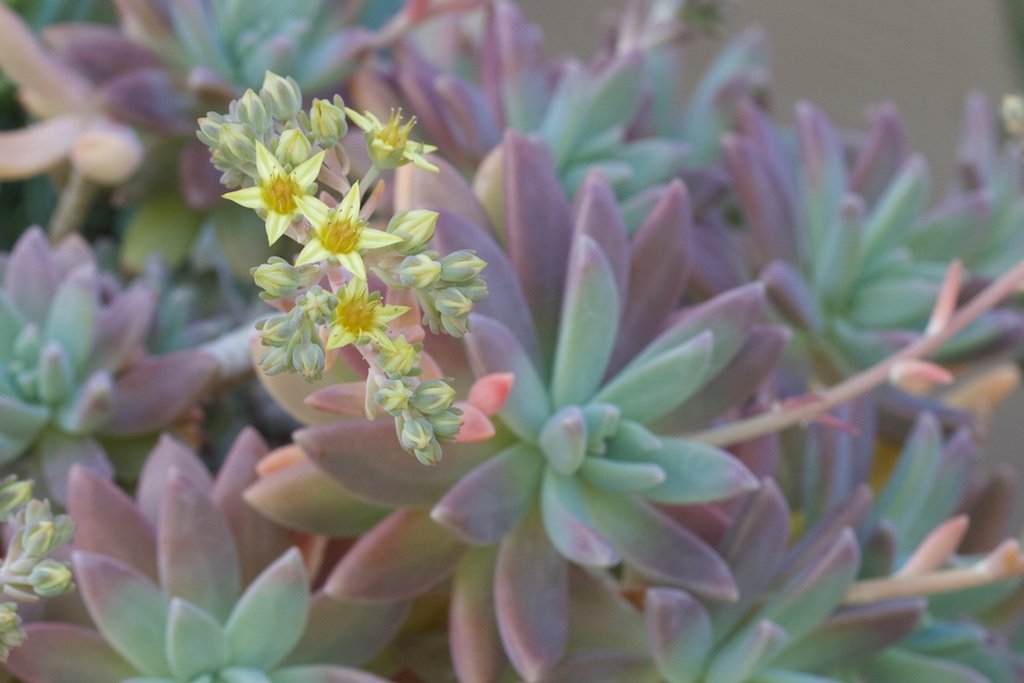
Ghost plants (Graptopetalum paraguayense) are renowned for their striking foliage, but their ability to produce delicate and charming succulent flowers is another captivating facet of these unique specimens. While ghost plants are primarily appreciated for their pale grey to whitish-green leaves with a powdery coating, the emergence of their flowers adds an extra touch of beauty and intrigue to these ethereal succulents.
Flowering Season
Ghost plant flowers typically grace the scene during the spring and summer months. They emerge on long, slender stalks that rise gracefully above the rosette of leaves, creating an enchanting contrast with the plant’s distinctive foliage.
A Palette of Colors
Ghost plant flowers exhibit a delightful range of colors, enhancing their allure. These colors can include delicate shades of pale yellow, soft pink, vibrant coral, and even shades of orange. The diversity of colors provides a visually appealing spectacle that attracts pollinators such as bees and butterflies to your garden.
Transient Beauty
It’s worth noting that while ghost plant flowers are visually captivating, they are relatively short-lived compared to the enduring beauty of the plant’s foliage. Nevertheless, the brief blooming period is a sight to behold and adds a dynamic and ephemeral element to your ghost plant’s display.
The juxtaposition of the delicate succulent flowers against the ghost plant’s distinctive leaves creates a picturesque scene that appeals to succulent enthusiasts and gardeners alike. Whether you’re drawn to the striking foliage or the charming blossoms, ghost plants continue to captivate with their unique combination of beauty and resilience.
We have shone a spotlight on the captivating world of Ghost Plants, offering valuable care insights and celebrating their role in the artistry of home gardening and urban gardening.
As we’ve delved into the care practices and explored the diverse variety of Ghost Plants, you are now well-equipped to embark on your own succulent gardening adventure, whether it’s in the serene realm of home gardening or the vibrant urban gardening scene.
Ghost Plants, with their unique charm and adaptability, have the potential to transform your outdoor space into a living masterpiece. Their ethereal beauty and resilience make them not just plants, but canvas for succulent artistry, allowing you to express your creativity and passion for gardening in new and exciting ways.
So, as you continue your gardening journey, consider Ghost Plants as your artistic companions. Let them flourish in your home gardening and urban gardening endeavors, adding a touch of otherworldly beauty to your green oasis. Embrace the allure of Ghost Plants, and watch as they breathe life and artistry into your gardening canvas. Happy gardening!


